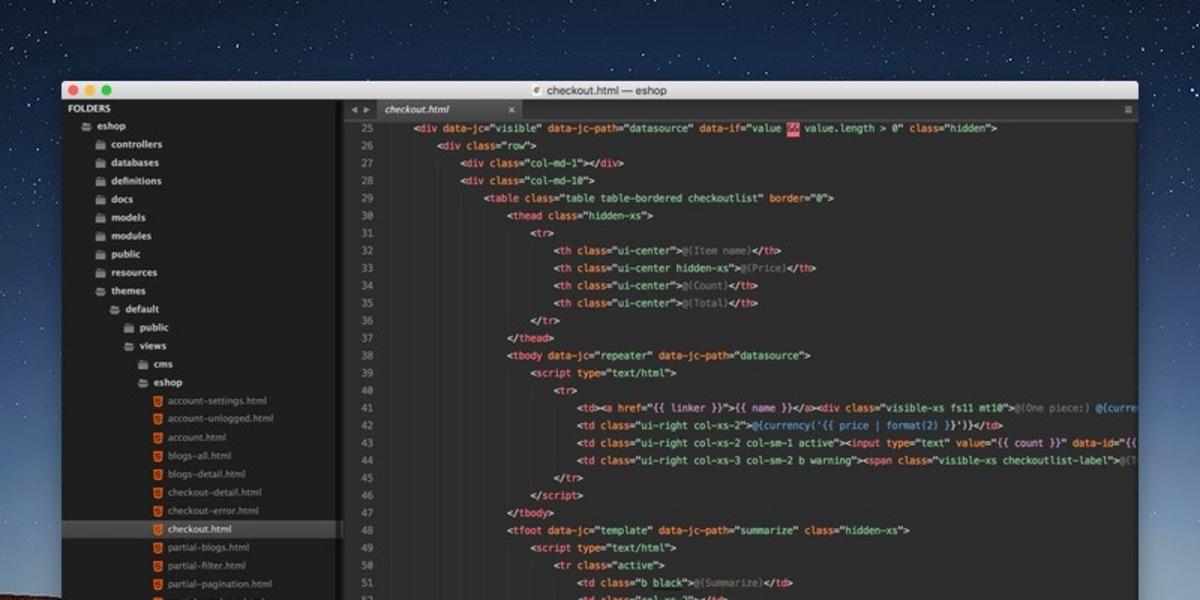
| Github | Documentation | Interactive playground | Django integration | Django 3.0 installation guide | Video installation guide Customization: Customize by Initializing various options and modules.Integration: Integrate it with any back-end.Easy to Install: Simply download and attach your js, css with bootstrap.Tab = self.tab_listįile.write(("1.Summernote is a JavaScript library that helps you create WYSIWYG editors online. #Get the tab object from the tab_list based on the index of the currently selected tab #Keep a record of the open tabs in a list. This way if you are currently in "Document 3" and press save, it will get the Tab object that relates to document 3. I've created a 'workable' version that adds the object of each tab to a list when they are created. In order to fix your problem you need to keep a record of the tabs you've created. It returns a new tab that has no content. It doesn't actually return the object that represents the currently open tab. Self.add_tab('Document ' + str(self.tabs)) Tab = Tab(self.notebook, 'Document ' + str(('current'))) Menubar.add_cascade(label="Edit", menu=editmenu)įile = open(filedialog.askopenfilename(), 'r+')


Menubar.add_cascade(label="File", menu = filemenu) # create a pulldown menu, and add it to the menu barįilemenu.add_command(label="New.", command=self.generate_tab)įilemenu.add_command(label="Open", command = self.open_file)įilemenu.add_command(label="Save", command= self.save_file)įilemenu.add_command(label="Exit", command= ) Before I didn't have the Tab class and it worked, but the problem was that it saved all the files with the same content. I am trying to build a text editor with different tabs, and each one is a file, but the problem is that when I try to save the file, it doesn't read nothing, it creates a new file with no content.


 0 kommentar(er)
0 kommentar(er)
